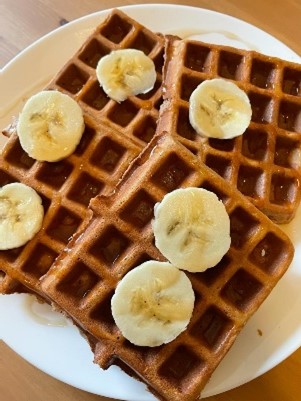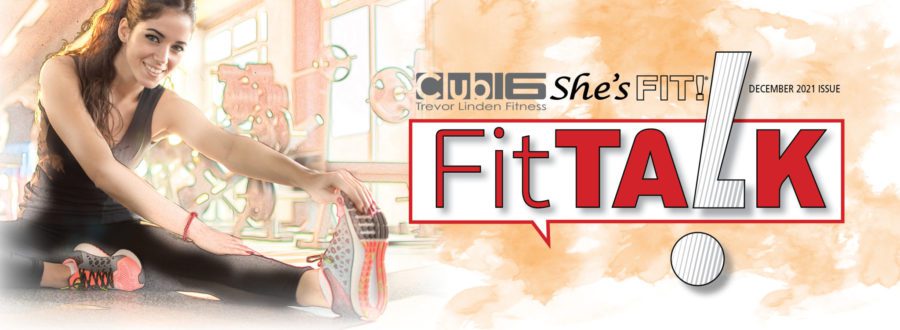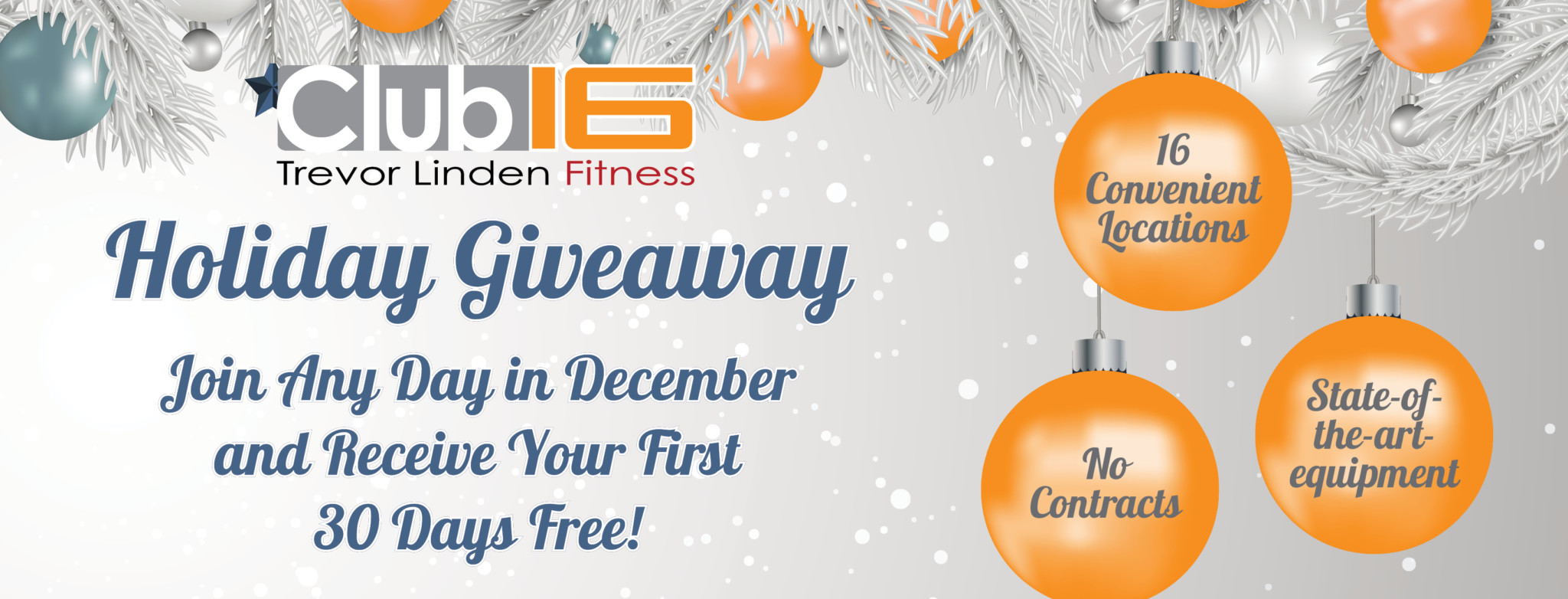The Healthy Benefits of Stretching
By: Al Behar (North Vancouver Personal Trainer)
Stretching is a natural and instinctive activity; it is performed by humans and many animals.
It can be accompanied by yawning.
Stretching often occurs instinctively after waking from sleep, after long periods of inactivity, or after exiting confined spaces and areas. Increasing flexibility through stretching is one of the basic tenets of physical fitness.
It is common for athletes to stretch before and after exercise in order to reduce injury and increase performance.
For instance, Hatha yoga involves the stretching of major muscle groups, some of which require a high level of flexibility to perform, for example the lotus position.
Stretching can strengthen muscles, and in turn strong and healthy muscles are important to overall body health and elasticity. The main reason you conduct and pre workout warm up and post workout stretch is to prevent injuries. Not just during training, but also when you perform these workouts. Nothing is more frustrating getting nagging injuries during your workouts that keep you from training at 100%.
A dynamic stretch warm up incorporates flexibility, coordination, and balance along with muscle/joint awareness. It starts from the ground up targeting the ankles, knees, hips, and trunk. Once the body is primed and blood starts to flow, we target the upper body, core, shoulder, elbows, and wrists.
Make sure to incorporate any type of warm up before all workouts and activities for maximum results, flexibility and help to stay injury free. Range of motion is the typical way people define flexibility. It’s a muscle getting long or producing a stretched-out pose, like the splits or touching your toes. When people can do that, they’re usually defined as flexible.
But what’s often really happening is that they’re producing that range of motion in their joints, rather than in the muscles, and the necessary muscles aren’t doing anything at all. This can lead to injury.
The true definition of flexibility is a muscle’s ability to make all possible movements—not just get long. It’s the ability of a muscle to work optimally and do its job to move your body around. Muscles are designed to lengthen, shorten, twist, and turn. When your muscles make all these movements, you are both flexible and strong.
The factor usually limiting the muscles from doing all that is the fascia. It binds the muscles and prevents both strength and flexibility when it becomes dense. We find the bigger issue is when a muscle won’t shorten, as opposed to when it won’t lengthen. Strength, explosiveness, and ease of movement originate from a muscle shortening to its maximum and then lengthening with power as you move. When a muscle doesn’t shorten, you become stiff, inflexible, and weak.
So what is the fascia?
Fascia is a specialized system of the body that has an appearance similar to a spider’s web or a sweater.
Fascia is very densely woven, covering and interpenetrating every muscle, bone, nerve, artery and vein, as well as all of our internal organs including the heart, lungs, brain and spinal cord.
The most interesting aspect of the fascial system is that it is not just a system of separate coverings. It is one continuous structure that exists from head to toe without interruption.
In this way we can begin to see that each part of the entire body is connected to every other part by the fascia, like the yarn in a sweater.
One of the most common limiting factors for most people as they grow older are achy, creaky joints. I will readily admit that the splits may not be everyone’s cup of tea, so let’s start by talking about something that is a must for everyone, mobility drills.
The term “Mobility Training” was coined by Russian scientist Nikolay Amosov. Amosov claims mobility training can slow down or reverse arthritis. Amosov also formulated the theory of limit loads, which states “The human organism has a great ability to regenerate itself through intense use.” The bottom line is to do your mobility drills—they will wake you up better than a shot of double espresso.
Passive-Static Flexibility
This is what most people are talking about when they say stretching. You are just sitting there stretching…think a toe touch, a sit and reach, or a split. You are using gravity or the weight of your body to stretch. Think relaxed stretching.
Active-Static Flexibility
This is when you are using your own power to move into a stretch, although not with speed. You use the strength of the opposite muscle group—muscle-agonists—to move into and hold the stretch. A simple example would be contracting the biceps to stretch the triceps. Stretching can strengthen muscles, and in turn strong and healthy muscles are important to overall body health and elasticity.
Rest and Relaxation is not a Luxury, it is a Necessity
No pain, no gain.
If it’s easy, you’re doing it wrong.
If you’re not sweating, you’re not really exercising.
You have probably heard statements like these before, but they leave the wrong impression about exercise. Fortunately, more people are beginning to recognize that the key to making progress is less about pushing through pain and more about participating in daily movement and exercising to feel good and be able to do the things you love.
Optimal health and fitness, the kind all of us need, come from constantly moving your body in ways that keep you available, keep you in the game. Because no matter how hard you can push, if you’re injured or sick, you’re on the bench.
If this has you sweating, because you love sweating, don’t fret. The more you recover, the more you can push when you do tougher workouts. Active recovery, which is low impact and low- to moderate-intensity movement, increases blood flow to muscle tissue. This is a necessary part of the repair process, but it won’t happen if you keep pounding the pavement or hitting the gym hard during every exercise session. Light movement designed to keep you feeling good speeds up your recovery so the next time you do push, you can push harder.
Feeling sore? Active recovery also decreases pain, according to a 2018 study.
Professional athletes like NBA great LeBron James and 44-year-old multiple Super Bowl champion Tom Brady know this as well. It’s not the push that gets them ahead. It’s how they recover. It’s the work they do in between games: the ice baths, the massages, the active and focused “easy” movements.
You only get stronger when you recover. Your muscles need time to repair and rebuild after a bout of physical exertion. The greater the intensity, training volume, or duration of the activity performed the more consideration is needed for the frequency, intensity, time, and type of recovery performed. But proper recovery doesn’t just mean massages and foam rolling. It really means getting eight hours of sleep per night, maintaining an adequate state of hydration, and staying on top of your nutrition. It’s also about managing your stress and taking time to activate your parasympathetic nervous system, every day.
Stress can be destructive and result in weight gain, fatigue, a lack of motivation and other hurdles to health and fitness. Fortunately, deep breathing has been shown to be an effective way to help manage chronic stress levels. Not only will it calm you down, but it may also help improve your athletic performance.
Source: acefitness.org
High Protein Low Carb Waffle

Ingredients
- Egg whites 100g
- Whole eggs 1
- Banana 1
- Cocoa powder 1tsp
- Protein powder 1scoop (Your choice of protein)
- Oat 45g
Directions
- Blend all ingredients for 2 minutes.
- Heat for 7minutes in a waffle maker.
- Add banana slice on top for a sweet bite.
- Enjoy your high protein low carb waffle!









